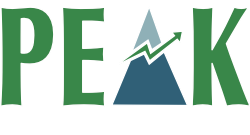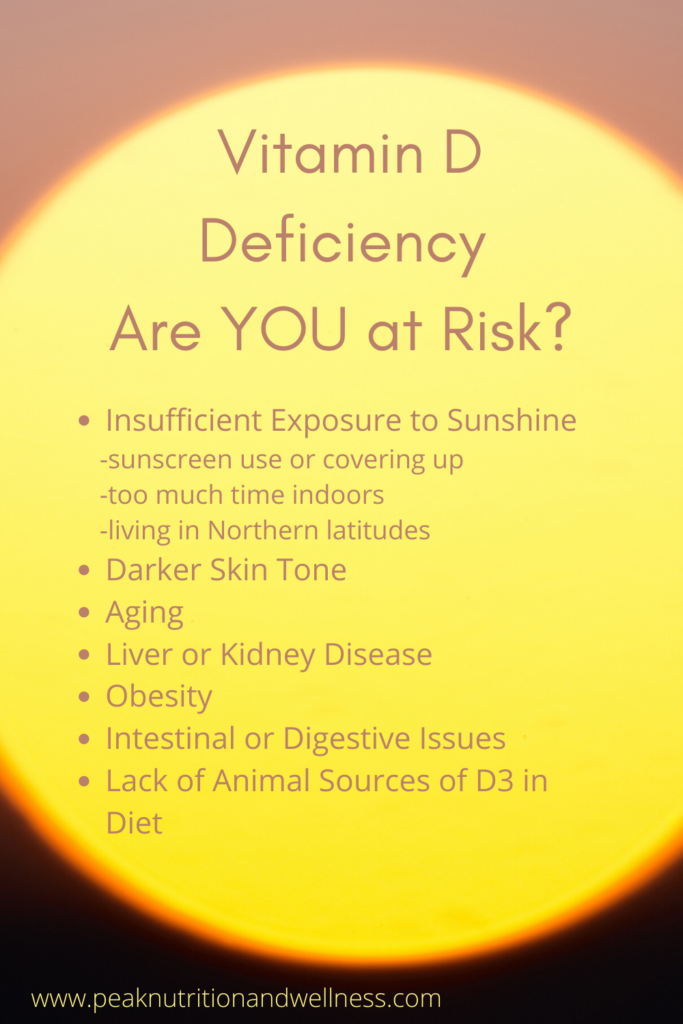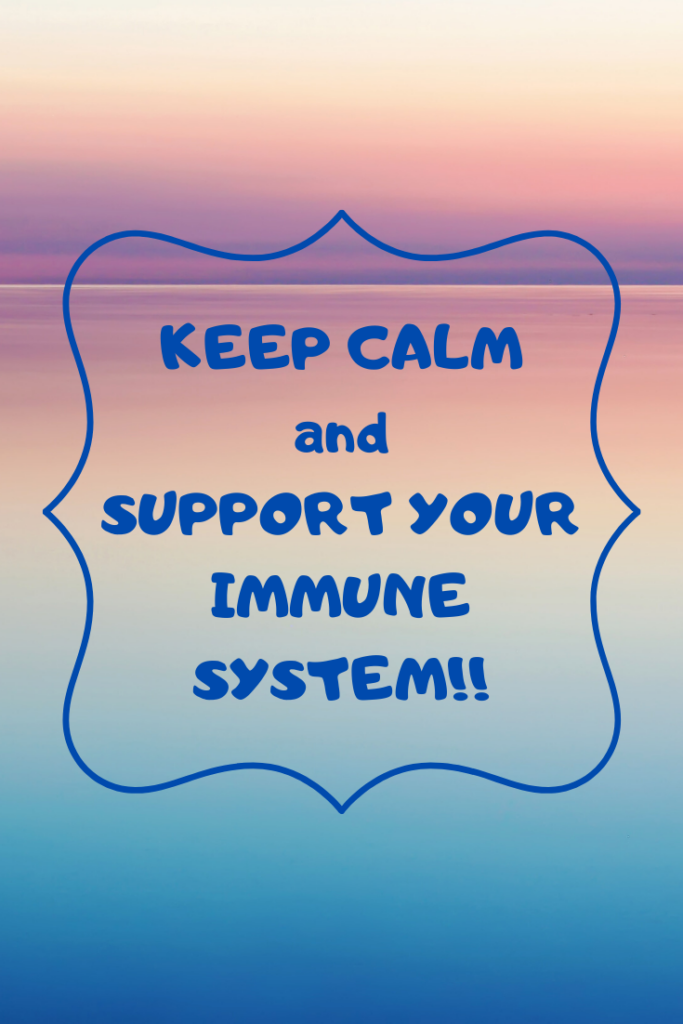
There are two things that come to mind when I think of summertime, warm days and lovely, lovely sunshine!! I don’t think I truly appreciated the sun until I moved to the Pacific Northwest, where it can be a rare sighting for the majority of the year. Growing up on the Canadian Prairies, it may have been cold for months on end, but the sun shone most days of the year! So now that the days are getting longer and the sun is starting to finally peak out from behind the clouds, my thoughts turn to getting outside as much as possible and enjoying it until “The Big Wet” sets in again!
I’ve never been a sun worshipper. It became clear to me early on, as my friends all turned a sun kissed, golden brown and I went from pale to a painful, lobster red in record time, that sunbathing was not a hobby for me. I don’t remember a lot of talk about sunscreen growing up, although I’m sure we must have used it or I would have been a walking sunburn all summer long. Today, people are much more aware of the damage the sun’s rays can inflict and the use of sunscreen to protect us from these harmful effects is a regular part of most people’s warm weather routine.
When choosing a sunscreen, most people first look at the SPF or sun protection factor (probably followed closely by the all important “what does it smell like” factor). SPF is a measure of how long a sunscreen will protect you from the damaging UVB rays. For protection against both UVB rays and UVA rays, the product must be labelled Broad Spectrum. This ensures that the protection from UVA is on par with the UVB protection. Applying a sunscreen with an SPF of 15, for example, would allow you to stay out in the sun, without burning, 15 times longer than without sunscreen. This, of course, is in IDEAL situations.
In real life, this SPF factor is likely overestimating your protection. People either don’t apply enough sunscreen or don’t reapply it often enough (especially if swimming or sweating). We also tend to stay out in the sun much longer than we should, because we think “Hey, I’m good. I applied sunscreen this morning!” (Guilty as charged).
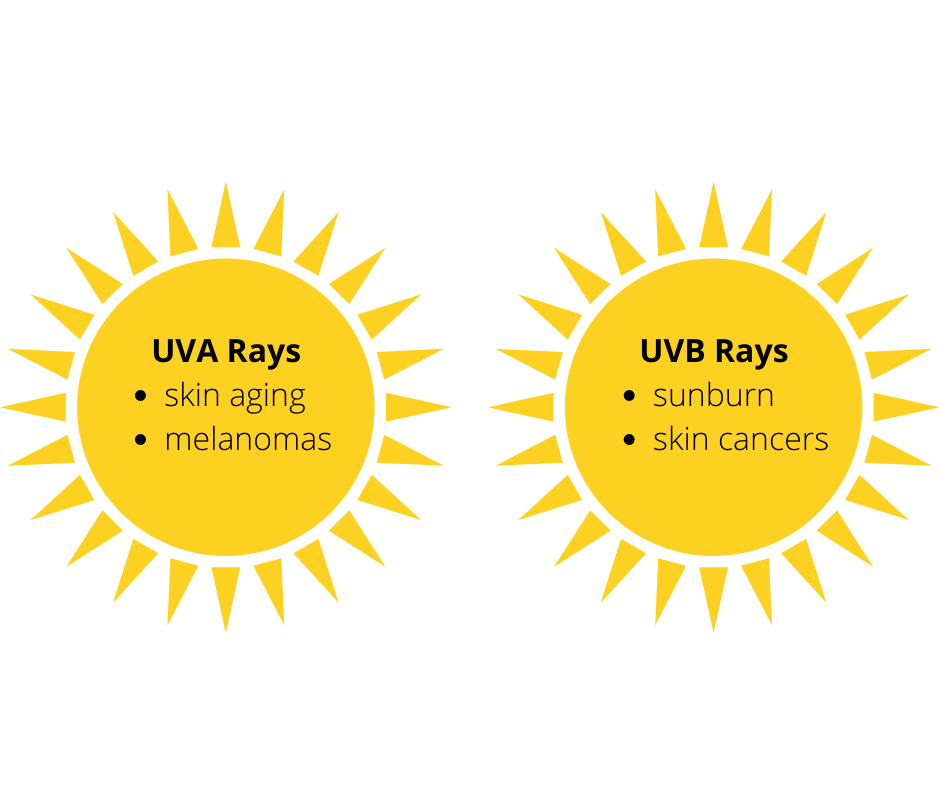
Because they are applied, often quite thickly, to a much larger body surface area than most other personal care products, the safety of the ingredients in the sunscreen we choose needs to be considered. (Really, we should be considering the safety of everything we apply to our skin!) The skin is the largest organ in our bodies and it can, and does, absorb ingredients and allow them to enter our bloodstream.
There are two types of filters used as protectants in sunscreen, chemical filters and mineral filters.
1. Chemical
Chemical filters are the most commonly used and include oxybenzone, avobenzone, octisalate, octinoxate and homosalate. These agents absorb into the skin, where they then absorb the UV light and convert it to heat, which is released from the body. Because they need to be absorbed, they need to be applied at least 20 minutes prior to sun exposure.
Health concerns surrounding these chemical filters are due to reports that they may mimic or disrupt hormones in our systems. They have also been shown to cause allergic reactions. Because some lotions also contain”penetration enhancers” many of these substances are well absorbed into the body. (1)
A recent study of four commercially available chemical sunscreens found that the amount absorbed into the bloodstream exceeded the threshold established by the FDA for potentially waiving some nonclinical toxicology studies for sunscreens (2). More research into the safety of these compounds is definitely warranted. In fact, the FDA has asked for more data on the safety of these chemicals before they will label them Generally Recommended as Safe. This doesn’t necessarily mean that they are “unsafe”, but there is not enough information to ensure they ARE safe.
2. Mineral
Mineral filter sunscreens use either zinc oxide or titanium oxide. Both are considered safe agents (the only two filters labelled as Generally Recommended as Safe by the FDA) with little, if any, absorption through the skin. The minerals are often pulverized into nanoparticles to make the sunscreen more transparent and nicer to apply. Mineral filters work by physically blocking and reflecting the UV rays, like a mirror. They are effective immediately after application. Concerns associated with mineral sunscreens are mostly associated with aerosol sprays and lip formulations, as the nanoparticles can be inhaled (causing lung irritation) or ingested. These concerns would also apply to aerosol and lip products using chemical filters.
You can also make your own Natural Sun Lotion using the recipe below, provided to me by my friend and essential oils guru, Mary Jo. As it is homemade, you can’t be sure of the SPF provided, so reapply often and remove yourself from the sun at the first sign of pinkness! This lotion includes dōTERRA® Helichrysum Oil, which is super nourishing for the skin. Like with anything else you put on your skin or ingest, you want to be confidant in the purity of it. Many oils on the market are contaminated or full of synthetic chemicals. I highly recommend dōTERRA® oils, both for their superior quality and their responsible sourcing practices. If you want to learn more about dōTERRA® essential oils, or experience them for yourself, visit Mary Jo’s website! https://www.doterra.com/US/en/site/mjbader .
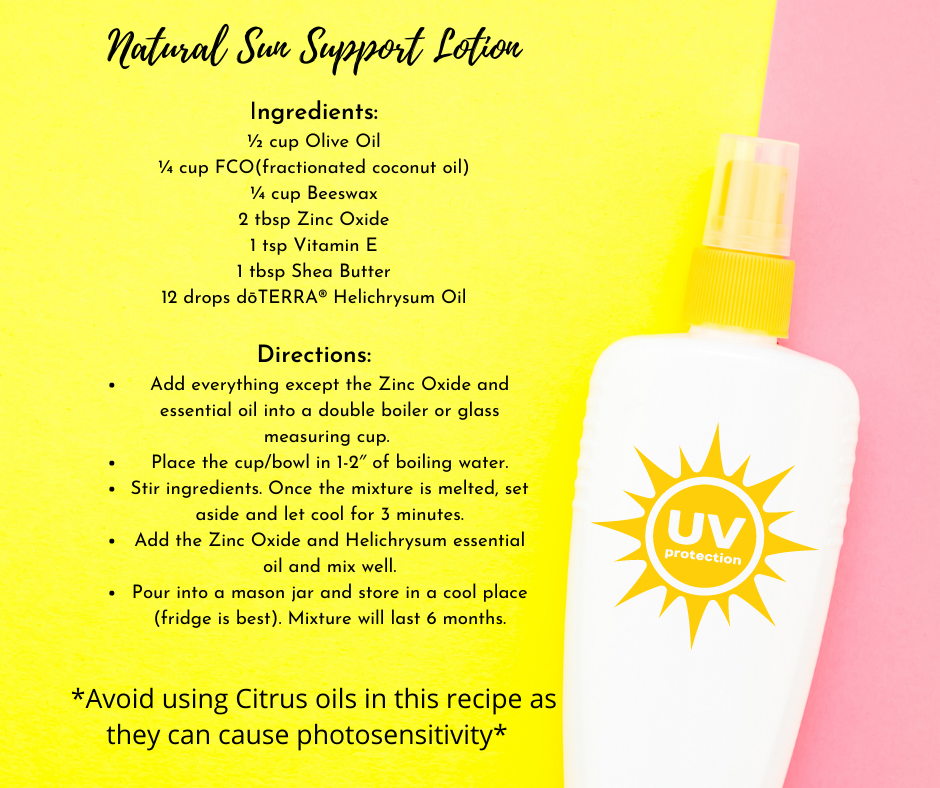
Ensuring adequate protection from the sun’s hot summer rays is important, but it is equally important that the products we choose to use aren’t harming us in a different way. Here are some tips for safer sun care so we can all make the most of the warm summer days.
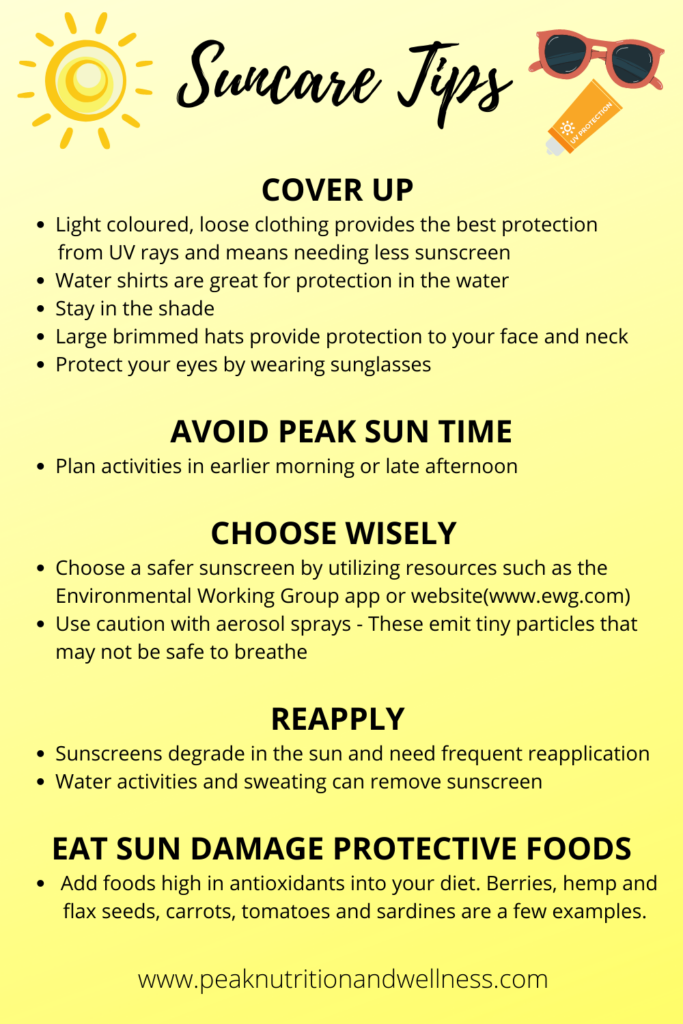
Sources:
1. https://www.ewg.org/sunscreen/report/the-trouble-with-sunscreen-chemicals/
2. Matta MK, Zusterzeel R, Pilli NR, et al. Effect of Sunscreen Application Under Maximal UseConditions on Plasma Concentration ofSunscreen Active Ingredients: A RandomizedClinical Trial. JAMA. Published online May 06,2019. doi:10.1001/jama.2019.5586
The information contained in this article is for educational and informational purposes only and is not intended as health or medical advice. Always consult a physician or other qualified health provider regarding any questions you may have about a medical condition or health objectives.

